In 1938, in a small town in Upper Austria, one of the many Nazi concentration camps was constructed. It was known as the Mauthausen concentration camp. It existed from 1938 to 1945. The camp was run and guarded by the SS. The people who were imprisoned here came from many countries in Europe: Poland, Russia, France, Italy, Germany, Austria and others. They were political opponents, belonged to marginalised groups (e.g. ‘criminals’, ‘asocials’) or were persecuted for anti-Semitic and racist reasons (e.g. Jews). Most of the prisoners were men, but there were also women and children.
In the Mauthausen quarry, the prisoners carried out hard forced labour. In the more than 40 subcamps (Gusen, Steyr, Linz, Ebensee, Vienna...), they were deployed in the arms industry. People lived in overcrowded accommodation. They were not given enough food and clothing, and they starved and died of diseases. SS men beat many prisoners to death, shot them or murdered them in the gas chamber at Mauthausen. In total, almost 200,000 people were imprisoned at Mauthausen and its subcamps. Half of them lost their lives.
The Mauthausen concentration camp was on a hill and could be seen for miles around. Many people were involved with the camp: they worked there, brought deliveries or knew SS men. Almost everyone knew about the death camp. Often, the SS men committed the crimes in full view of the population. On 5 May 1945, the Mauthausen concentration camp was liberated by US troops.
Here, you will read the story of a person who was connected with the Mauthausen concentration camp.
Richard R. Seibel
Text: Evelyn Steinthaler – Illustration: Nina Hable
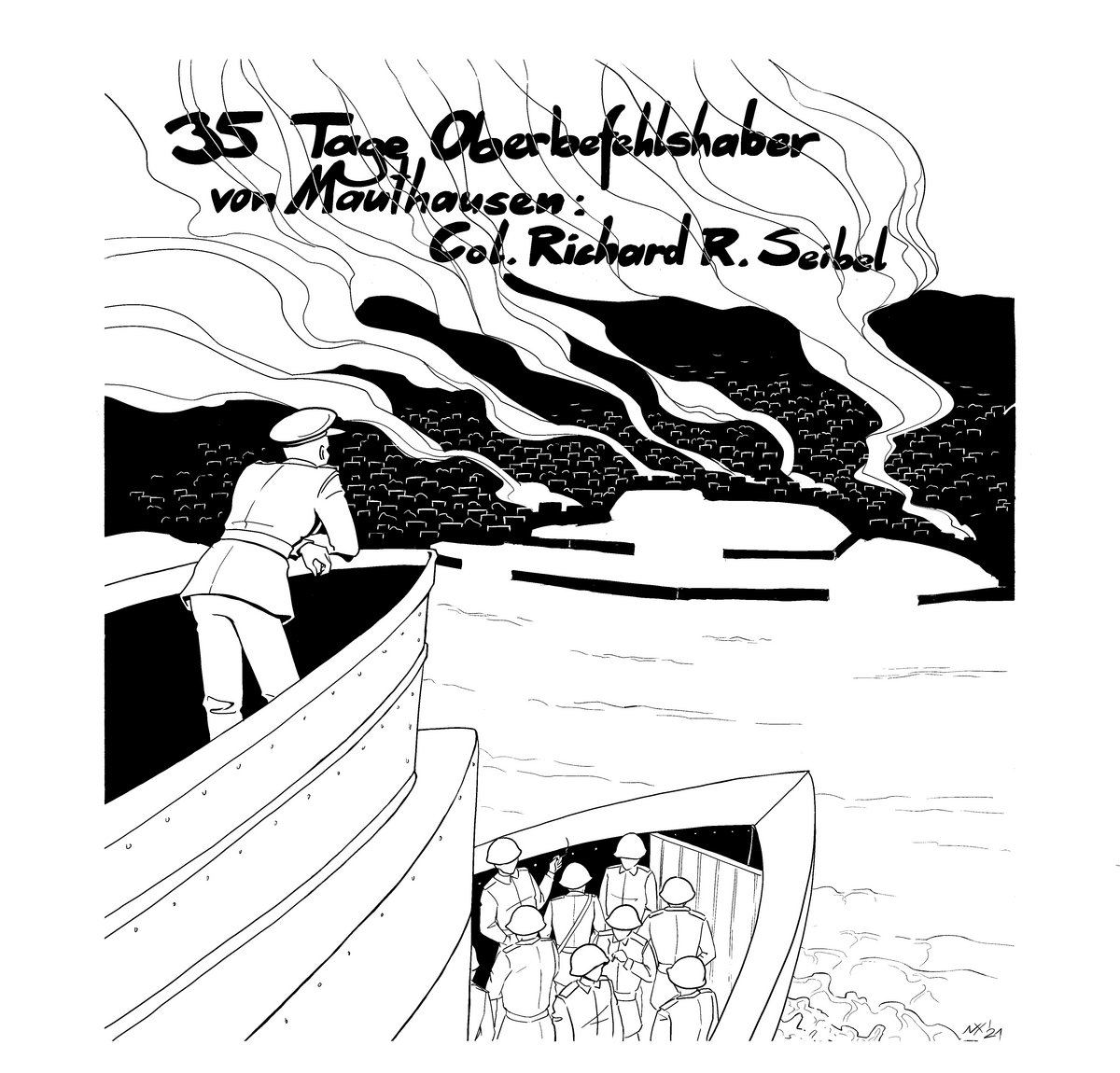
Richard R. Seibel is born in 1907 in the small town of Defiance in the north of the USA, close to the Canadian border. He grows up there with his two brothers. His father comes from Germany.
As a young man, Richard R. Seibel works as a purchasing manager in a factory. In June 1941, his life changes dramatically. He is conscripted into the army. In the Fort Knox training base, he and other young men are prepared for the USA’s potential entry into the war.
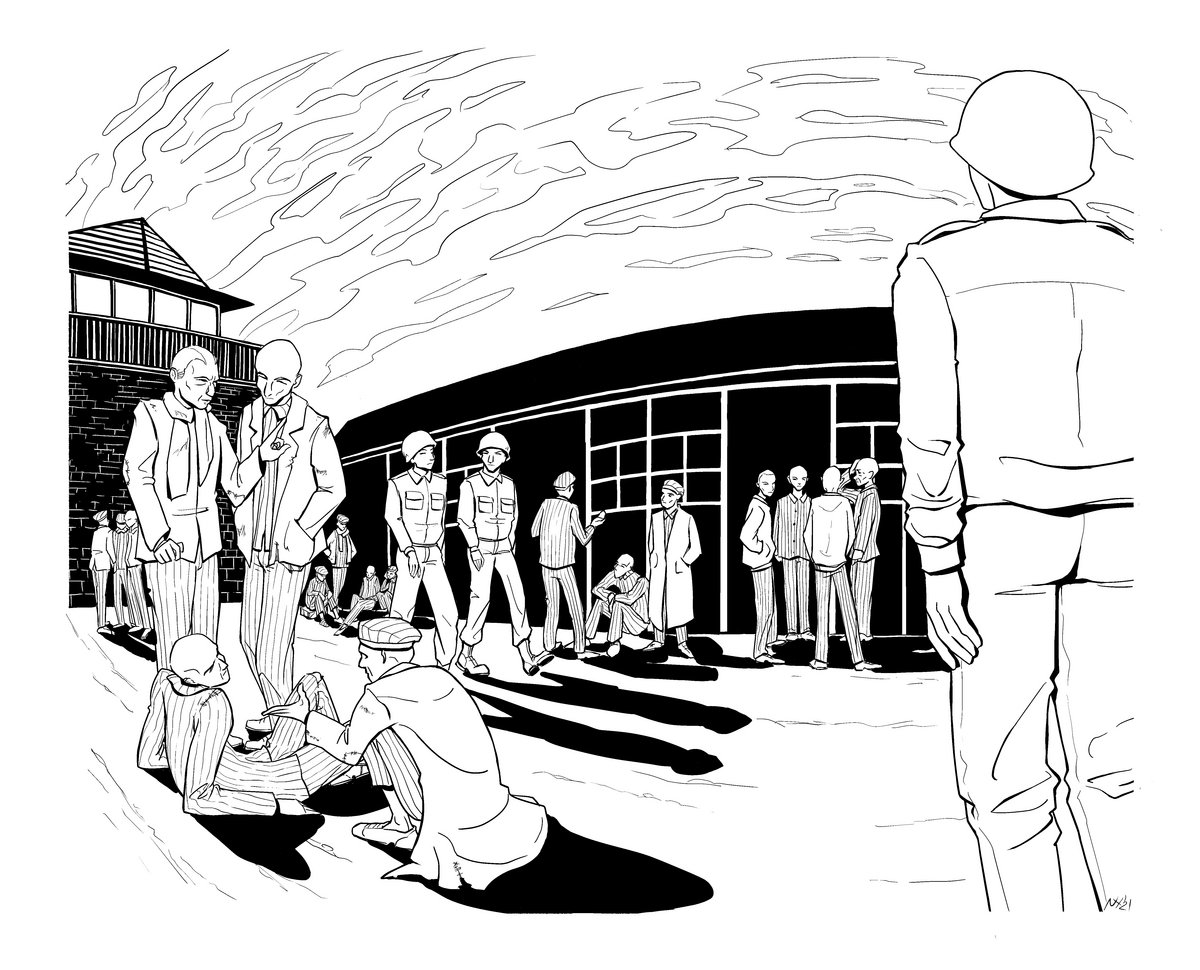
War has been raging in Europe since 1 September 1939, when Nazi Germany invaded Poland. In December 1941, Japan – an ally of Nazi Germany – attacks the American military base at Pearl Harbor in Hawaii. As a consequence, the USA declares war on Japan, which is followed four days later by Germany declaring war on the USA – this is now a world war.
The soldiers at Fort Knox start training with live ammunition instead of blanks. Richard R. Seibel and around 250 other soldiers are now sent from Kentucky to California to take part in more military exercises. Most of his comrades are sent to fight in the Pacific. Seibel, however, is assigned to the 11th Armored Division of the 3rd US Army. By autumn 1944 their destination is clear: Europe. After being temporarily stationed in the UK, Seibel’s unit ships off to the Normandy coast of France in winter 1944.
In April 1945, the 11th Armored Division arrives in Austria, which is part of the German Reich under National Socialist rule. Richard R. Seibel is 38 years old. He’s made a successful career for himself in the US Army and reached the rank of colonel, with important responsibilities.
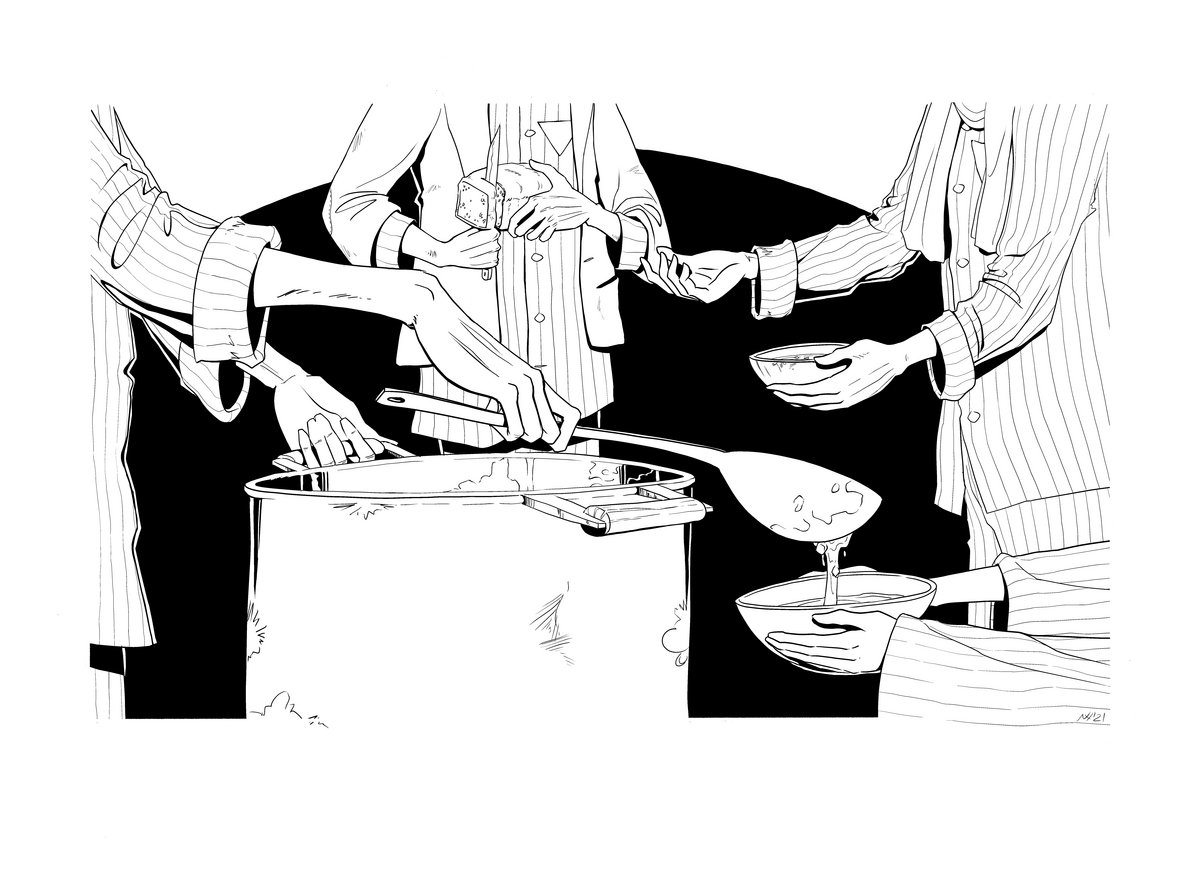
After the first US soldiers reach the Mauthausen and Gusen concentration camps on 5 May 1945, Seibel is given command of the liberated camps. Seibel remains in charge of Mauthausen-Gusen for 35 days. The liberators find countless dead bodies, stacked up like logs. Many prisoners are extremely frail and need urgent medical care.
Not all the liberated prisoners survive; many die even in the days and weeks after liberation. Seibel takes charge of the administration of the camp. His responsibilities include feeding the freed prisoners. He gives orders to bake bread and cook potato soup.
On 16 May 1945, when the Soviet prisoners leave for home, a farewell ceremony is held in which Seibel gives a speech. Behind him, a flag has been raised that was given to him immediately after liberation: the ‘Mauthausen flag’. The flag was sewn by prisoners while they waited and hoped to be liberated by the USA. Because they didn’t know how many stars there were on the American flag, they include 56 – too many.
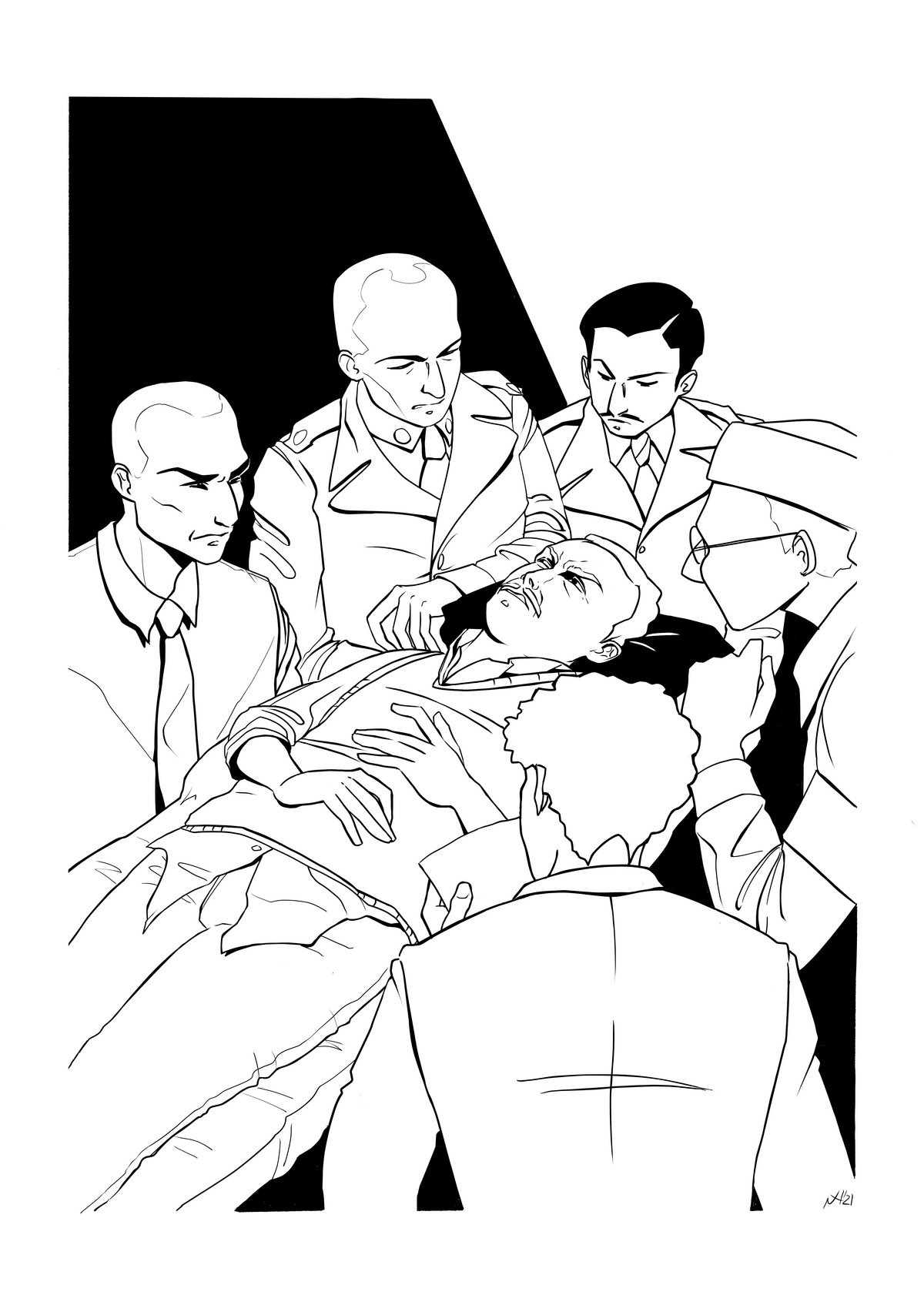
Seibel later presents the flag to Simon Wiesenthal, a Jewish survivor of the Mauthausen concentration camp. Simon Wiesenthal makes it his life’s work to find those who committed the crimes. His search for the guilty men begins in Seibel’s office immediately after the liberation of Mauthausen. Today, the Mauthausen flag is kept in the Museum of Tolerance in Los Angeles.
The SS guards of the Mauthausen and Gusen camps flee before the US Army arrives. The long-serving commandant of the Mauthausen concentration camp, Franz Ziereis, goes into hiding in the Upper Austrian mountains, but American soldiers find him on 23 May. Ziereis attempts to flee and is shot. Later that day he is taken to the American hospital in Gusen. Zeireis is interrogated in the presence of Richard R. Seibel and former prisoners. He tries to shift the blame for the horrendous crimes in the Mauthausen concentration camp onto others. On the evening of 24 May 1945, Ziereis dies of his wounds. Because Ziereis has revealed details of the concentration camp and made no attempt to deny the mass murder, his statements are very important for historians.
In summer 1945, the American soldiers leave Mauthausen and Gusen. Seibel ends his active military service in 1946 but remains a reservist.
A large liberation memorial ceremony takes place in Mauthausen every May. In 1995, to mark the 50th anniversary of the liberation, Richard R. Seibel is invited as a speaker. In his address, he says that he was the first to enter the camp and to liberate it. Other former US soldiers at the ceremony raise their voices to object to this. They shout out: ‘Stop, Dick. You weren’t there!’, and leave the event, enraged. In fact, Albert Kosiek and his reconnaissance squadron were the first US soldiers in the camp on 5 May 1945. Colonel Siebel only arrived later, to take charge of the administration of the camp.
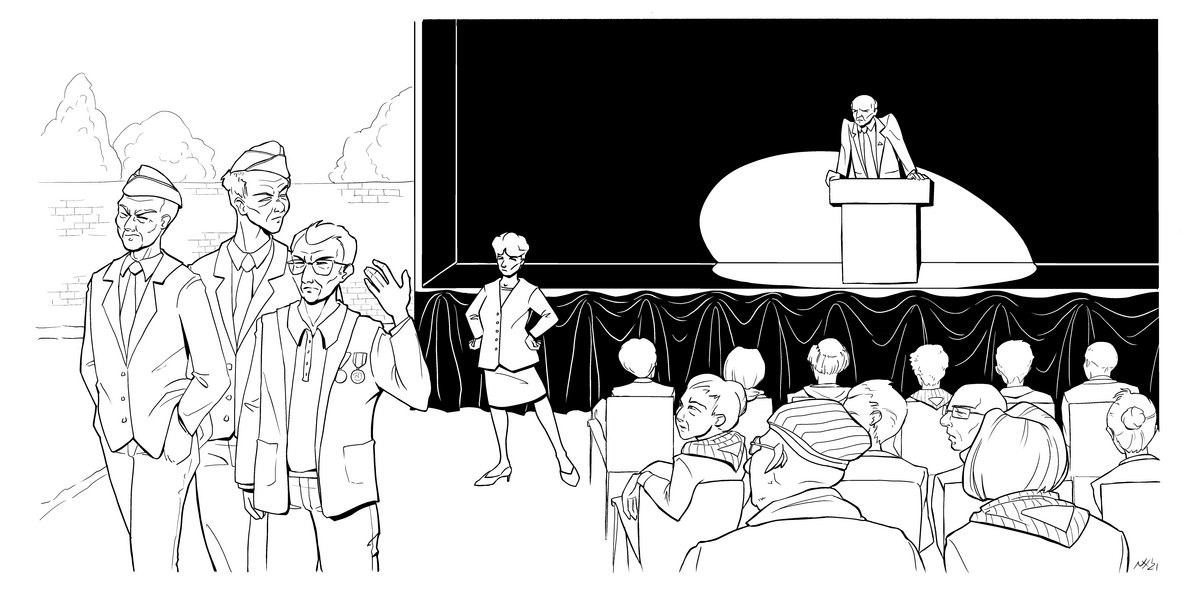
Richard R. Seibel dies in 1999 aged 92. He is buried in his hometown of Defiance next to his wife Mary.
- 1907 Richard R. Seibel is born in Defiance
- 1914 28 July, start of the First World War
- 1917 The USA enters the First World War
- 1918 11 November, end of the First World War
- 1933 30 January, Adolf Hitler becomes Reich Chancellor in Germany
- 1938 12 March, ‘Anschluss’ (‘Annexation’) of Austria to Nazi Germany
- 8 August, construction starts on the Mauthausen concentration camp
- 1939 1 September, start of the Second World War
- 1941 December, the USA enters the Second World War
- Seibel is drafted into the Army
- 1944 Seibel’s division lands in Normady coast, France
- 1945 Seibel’s division reaches Austria
- 5 May, Mauthausen concentration camp is liberated by the US Army
- Seibel is given command of the liberated camps
- 8 May, Nazi Germany surrenders; end of the Second World War in Europe
- 23 May, the escaped camp commandant of Mauthausen, Franz Ziereis, is arrested
- Seibel is present at Ziereis’s interrogation
- Summer, the US Army moves out of the liberated Mauthausen
- 1946 The USA starts aid for Austria in the form of CARE packages
- Seibel leaves the US Army
- 1999 Richard R. Seibel dies in Defiance, Ohio, USA
Further reflection in groups...
Colonel Richard R. Seibel is remembered as one of the liberators of the Mauthausen concentration camp. Think about how he experiences the liberation.
What does Richard R. Seibel do to help the freed prisoners? Look at the drawing on this subject in the biography.
In the text, you learn about the ‘Mauthausen flag’. What meaning does this flag have for the liberated prisoners?
If you walk around the Mauthausen Memorial, you’ll pass the former Administration Building. This was where the camp commandant, Franz Ziereis, had his office. After the liberation of the camp, Richard R. Seibel carried out an interrogation of Franz Ziereis. Do you think we can believe the statements made by the former camp commandant?